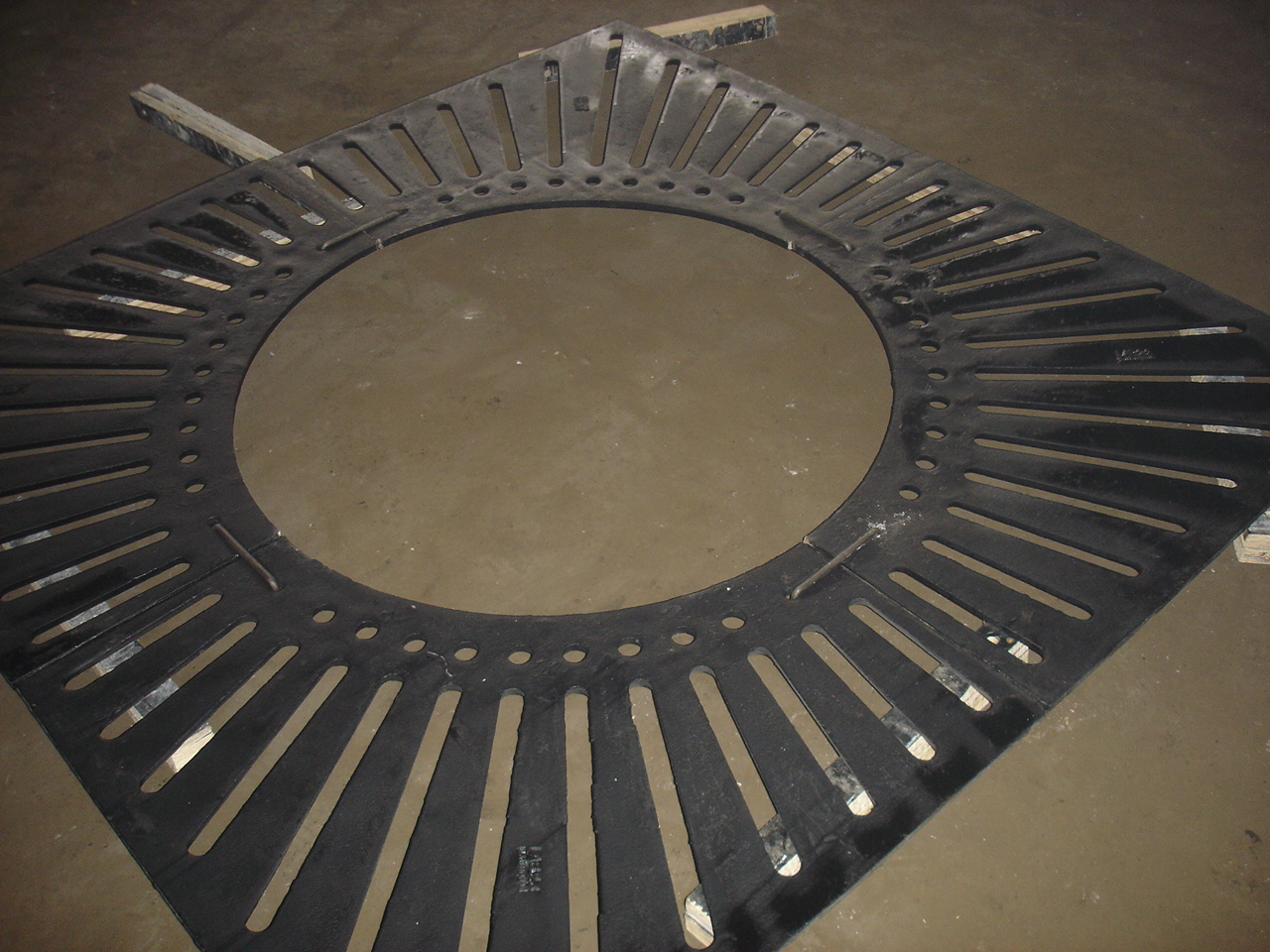Hinged Manhole Cover for Easy Access and Enhanced Safety in Urban Infrastructure
The Hinged Manhole Cover An Ingenious Solution for Urban Infrastructure
In the bustling world of urban infrastructure, small yet significant innovations often go unnoticed. One such innovation is the hinged manhole cover, a remarkable solution designed to improve safety, accessibility, and efficiency in cities. While traditional manhole covers can be cumbersome and unwieldy, hinged manhole covers present a variety of advantages that address some of the common issues associated with their conventional counterparts.
At its core, a manhole cover serves a vital purpose it provides access to underground utilities, such as sewer systems, electrical cables, and water lines, while ensuring that these access points are secure and safe for pedestrians and vehicles alike. However, lifting a traditional manhole cover can be a challenging task. Weighing anywhere from 100 to 200 pounds, these covers necessitate significant physical effort, which can pose safety risks for workers and the public, particularly in emergencies. This is where hinged manhole covers come into play.
Hinged manhole covers are equipped with a built-in hinge mechanism that allows them to swing open like a door. This design minimizes the physical effort required to access the underground utilities, making it easier for maintenance crews to perform their jobs efficiently. The hinge allows the cover to be lifted with a simple pull or push, often requiring just one worker instead of a team to operate the heavy lid. This feature is particularly beneficial during emergency situations when quick access to utilities is crucial.
Moreover, hinged manhole covers enhance safety. The traditional designs can pose risks when not properly replaced after maintenance work, leading to potential accidents for pedestrians and vehicles. Hinged covers, however, minimize the chances of accidental drops since they remain attached to the frame when opened. This design reduces the risk of injuries and provides an additional layer of security, especially in high-traffic urban areas.
hinged manhole cover

Another key advantage of hinged manhole covers is their efficiency in installation and maintenance. Traditional manhole covers often require specialized equipment, such as cranes or heavy lifts, to move them. In contrast, hinged models can be managed with minimal equipment, resulting in lower labor costs and reduced time spent on maintenance tasks. The ease of access also means that utility companies can respond to issues more rapidly, leading to improved service and reduced downtime for city infrastructure.
From an aesthetic perspective, hinged manhole covers can be designed to blend seamlessly into their surroundings. Urban planners and designers have the ability to personalize covers with various materials and patterns, creating visually appealing access points. This is not only beneficial for the urban landscape but also serves to increase public awareness about the importance of infrastructure and the role of utility services in everyday life.
Despite these advantages, the adoption of hinged manhole covers has been gradual. Some cities may hesitate to shift from the traditional design due to budget constraints or the need for extensive retrofitting of existing infrastructure. However, as the benefits of hinged models become increasingly evident, municipalities are beginning to recognize their potential for enhancing urban infrastructure.
In conclusion, the hinged manhole cover is an innovative solution that addresses several challenges faced by cities today. By providing easier access for maintenance crews, enhancing safety for pedestrians, and allowing for more efficient urban infrastructure management, hinged manhole covers represent an important advancement in the design of public utilities. As urban areas continue to grow and evolve, embracing such innovations will be key to fostering a safe and efficient environment for all residents. With further integration of these forward-thinking designs, cities can improve their infrastructure while enhancing the quality of life for their citizens.
-
The Smarter Choice for Pedestrian AreasNewsJun.30,2025
-
The Gold Standard in Round Drain CoversNewsJun.30,2025
-
The Gold Standard in Manhole Cover SystemsNewsJun.30,2025
-
Superior Drainage Solutions with Premium Gully GratesNewsJun.30,2025
-
Superior Drainage Solutions for Global InfrastructureNewsJun.30,2025
-
Square Manhole Solutions for Modern InfrastructureNewsJun.30,2025
-
Premium Manhole Covers for Modern InfrastructureNewsJun.30,2025
